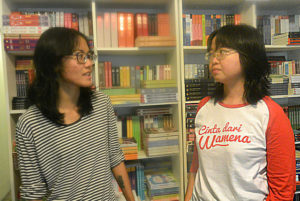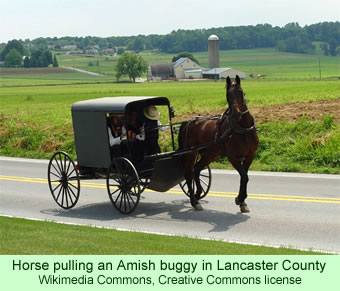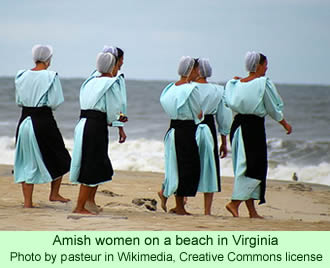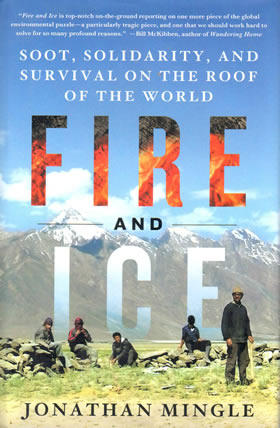Last week in Minneapolis, Tanya Tagaq, a prominent Inuit throat singer, used her vocal skills to accompany and enhance showings of the pioneering silent film “Nanook of the North.” Euan Kerr from Minnesota Public Radio interviewed Ms. Tagaq the day before the performance on Thursday, November 19, in the Walker Art Center. The performance was repeated on Friday the 20th.
During her childhood on Victoria Island in the Northwest Territories of Canada, Ms. Tagaq never heard any throat singing. A traditional Inuit art form, it had been suppressed by the Canadian authorities. But when she went to college in Halifax, Nova Scotia, she received a tape from her mother of some throat singing that changed her life.

Ms. Tagaq made it clear to Mr. Kerr that she performs throat singing differently from the traditional Inuit style. She combines notes from both breathing in and breathing out, while traditionally it is performed by two women, somewhat like a competition. Ms. Tagaq says that sometimes other Inuit criticize her for not doing it as an Inuk should. She replies that she’s an Inuk and that is the way she is going to do it.
She tells him that the throat singing can be so overwhelming that she sometimes loses consciousness. But she sees it as a way of healing social problems such as alcoholism, sexual assaults, and violence that the Inuit now endure in their communities. After her performances, members of the audiences will come to her and tell her how much she has helped them cope with life—and sometimes with death.
Several years ago she performed with the Kronos Quartet, but her attention has recently turned to “Nanook of the North,” the 1922 film by Robert Flaherty that is widely credited with being the first full-length feature documentary. The film had been popular for a time, but the obvious racist attitude it displays toward the Inuit has lowered the esteem for the movie for many people.
Ms. Tagaq argues, however, that, despite its flaws, Flaherty demonstrated in the film his love for the Inuit. “Yeah, he’s foolish” she says. “But who isn’t? I don’t feel he meant harm.” The way Flaherty depicted Nanook as naïve and childlike doesn’t bother her. The many scenes that were obviously staged were just played for laughs. She feels that was the norm for film making back then.
She hoped that her throat singing during the film showings would help audiences better appreciate the struggles that the Inuit are facing today.








 Jonathan Mingle, author of a new book on Zanskar, quotes one of the songs sung by the village women expressing pride in the community: “Kumik is like a small flower that grows high in the mountains, and only needs a little water (p.208).” The women dance around the room singing songs about a mythic heroine, Ache Lhame Dolma, a person that no one knows much about. Mingle suspects, however, that the heroine exemplifies the hard-working qualities of the village women.
Jonathan Mingle, author of a new book on Zanskar, quotes one of the songs sung by the village women expressing pride in the community: “Kumik is like a small flower that grows high in the mountains, and only needs a little water (p.208).” The women dance around the room singing songs about a mythic heroine, Ache Lhame Dolma, a person that no one knows much about. Mingle suspects, however, that the heroine exemplifies the hard-working qualities of the village women.